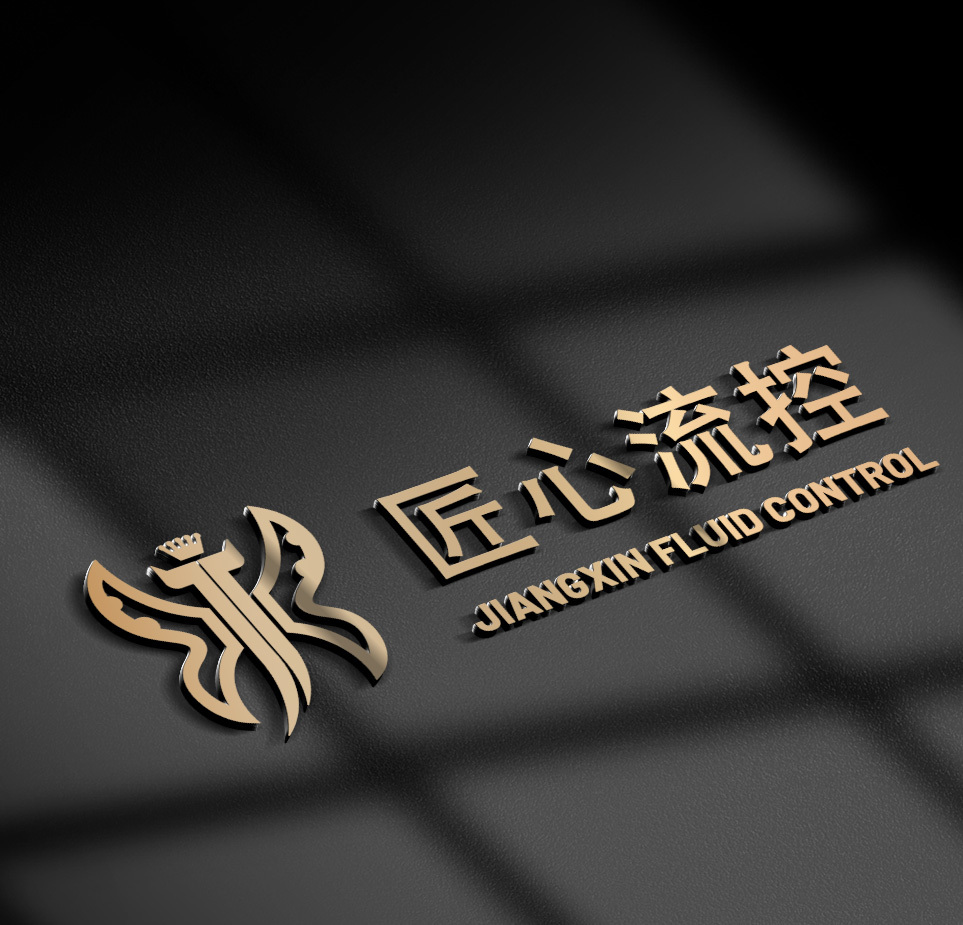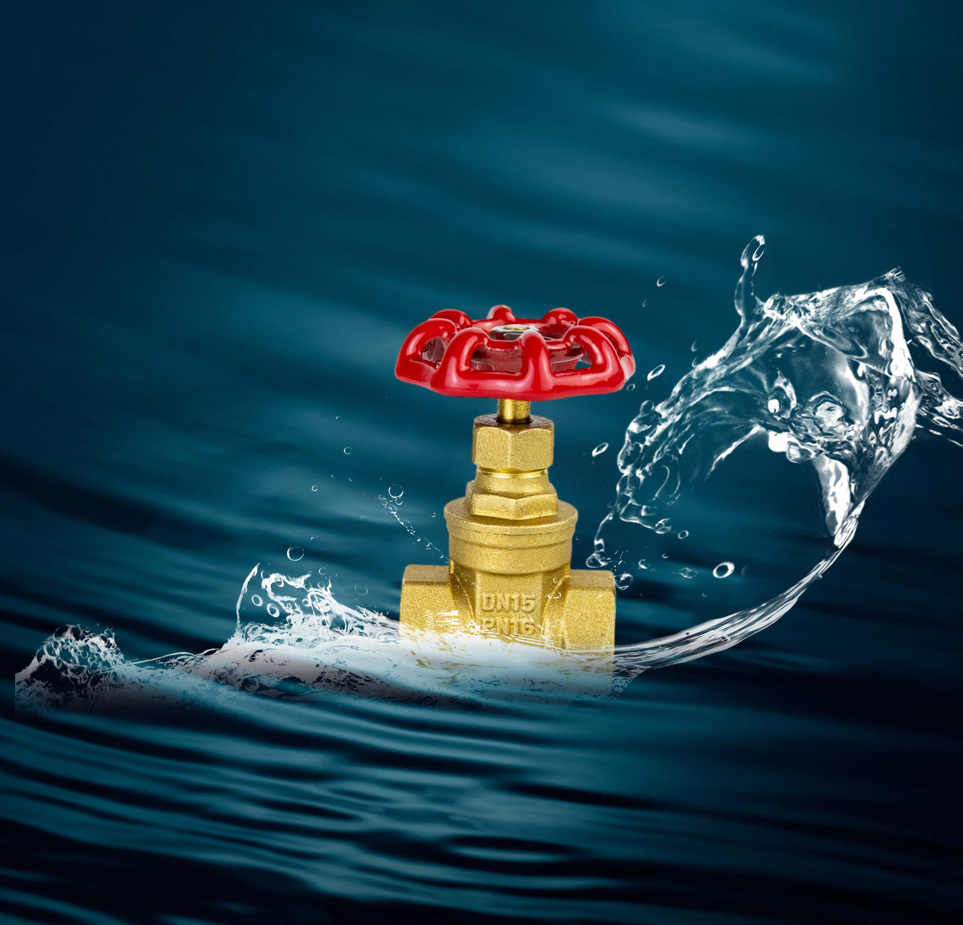How should soil samplers be selected and used?
Release time:
2023-08-25
The contact part between the soil sampler and the soil is made of stainless steel, eliminating the presence of plastic. At the same time, in order to detect volatile components in the soil, such as benzene, toluene, xylene, and chlorinated hydrocarbons, the sampler can avoid exposing the sample to the air, causing volatilization or oxidation. The sampling method complies with the NEN5743 specification. The sampling volume is 226 milliliters. It is also suitable for measuring the moisture content of undisturbed soil.

The contact part between the soil sampler and the soil is made of stainless steel, eliminating the presence of plastic. At the same time, in order to detect volatile components in the soil, such as benzene, toluene, xylene, and chlorinated hydrocarbons, the sampler can avoid exposing the sample to the air, causing volatilization or oxidation. The sampling method complies with the NEN5743 specification. The sampling volume is 226 milliliters. It is also suitable for measuring the moisture content of undisturbed soil.
&Nbsp& Nbsp; The selection of soil samplers can be divided into two categories: hardness samplers and soft soil samplers
&Nbsp& Nbsp; 1. The so-called hard soil sampling bottle is mainly aimed at collecting soil in the field, where the soil hardness is relatively high. Usually using a small diameter hammer, the sampler can be directly inserted into the soil and removed. Then select a suitable soil sampler based on the depth of the soil to be collected and the aperture of the sampler
&Nbsp& Nbsp; 2. A soft soil sampling bottle is commonly referred to as a soil drill
&Nbsp& Nbsp; The soil drill is selected based on the physical properties of the soil. More water, more viscous clay soil types for soil drilling. For example, soil drill 42102. Some types of soil are suitable for drilling, sand, and gravel types, which can reduce friction on the Earth. The physical effects will be low. For example, soil drill 42102. Riverside drilling is suitable for environments with hard rock soil or fine sand in the upper and lower layers of surface water. For environments that require soil extraction through bricks, chalk, or lime, spiral soil drills can be used
&Nbsp& Nbsp; Usage of soil sampler:
&Nbsp& Nbsp; 1. Hard soil sampling: Using a T-shaped sampler, place the sampler straight down, hold the handle with both hands and rotate it back and forth. At the same time, press down (with even force, depending on the soil's shear strength to maintain its natural condition). After reaching the sampler, lift it out, with the outlet (the end with the handle) facing the sample inlet. Press lightly with your index finger at the inlet end, and the soil sample will slide out smoothly, but the soil is too dry, During rotation, there may be fine soil particles blocking the sampler. If the sampling is not smooth, a rubber hammer (already equipped) can be used to gently tap the sample. If the soil is too sticky, it will stick to the sampler. In this case, the lining rubber is placed on the inner wall and removed together with the lining rubber when it falls off
&Nbsp& Nbsp; 2. Sampling with clay: Using a straight shaped sampler, pull the push rod to the appropriate position (usually 150– 200cm), insert it straight into the mud, rotate it back in place, fill the sampler with soil (mud), and then lift it up. Align it with the sample bag, and use the push rod to push the sample out“
Related News







